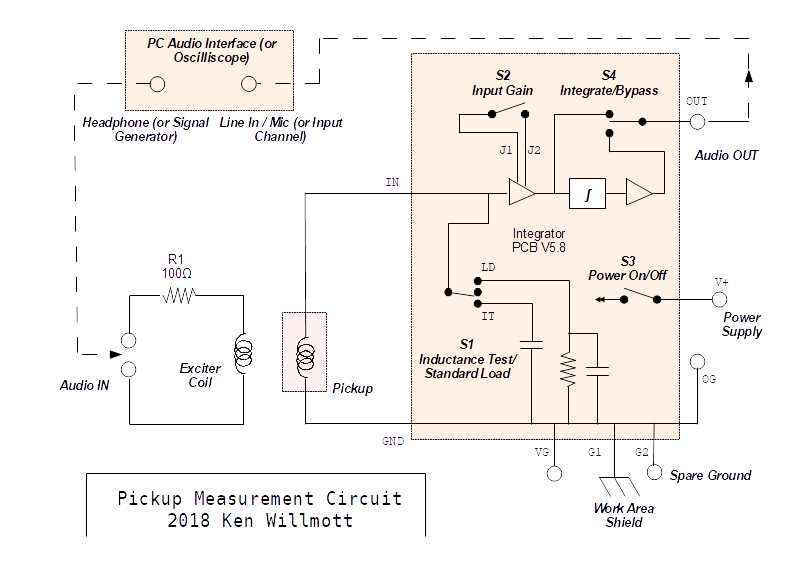To the uninitiated an electric guitar seems fairly simple: you pluck a string and the electronics send the corresponding audio signal on the 6.3 mm jack output, all ready for for the amplifier to work its magic. Much of what makes a guitar like that sound good depends on the pickups, however. These are the devices which are placed between the guitar body and the strings. Depending on the guitar there can be one, two, or more of them, of varying types and configurations.
As a Gibson fan who upon getting introduced to a Fender Telecaster just had to replace its pickups with humbucking types, [Ken Willmott] found himself thrown into the wonderful world of pickup design and characterization. After two years of working through a number of designs and approaches, he eventually settled on a preamplifier design featuring a JFET opamp (LT1058) on a custom PCB which amplifies the pickup response from a test signal, acting as a front end signal conditioner.

The test signal is induced by an electromagnetic coil placed near the pickup-under-test (PUT), with this signal generated by the software on the PC – output via the audio card – or by a signal generator . The effect is similar to that of a metal string moving near the pickup while it’s generating its own EM field. The signal produced by the pickup is then amplified by the custom circuit, where it’s then fed back into the software for characterizing.
The take-away from this is that similarly to devices such as speakers, pickups will respond differently to specific frequencies due to their construction. This is why an original Fender Telecaster sounds so different from a standard Stratocaster model, and why each brand has their own sound courtesy of their preferred pickups. With a test setup such as what [Ken] has made one can figure out what a pickup will sound like without even installing it.
No comments:
Post a Comment